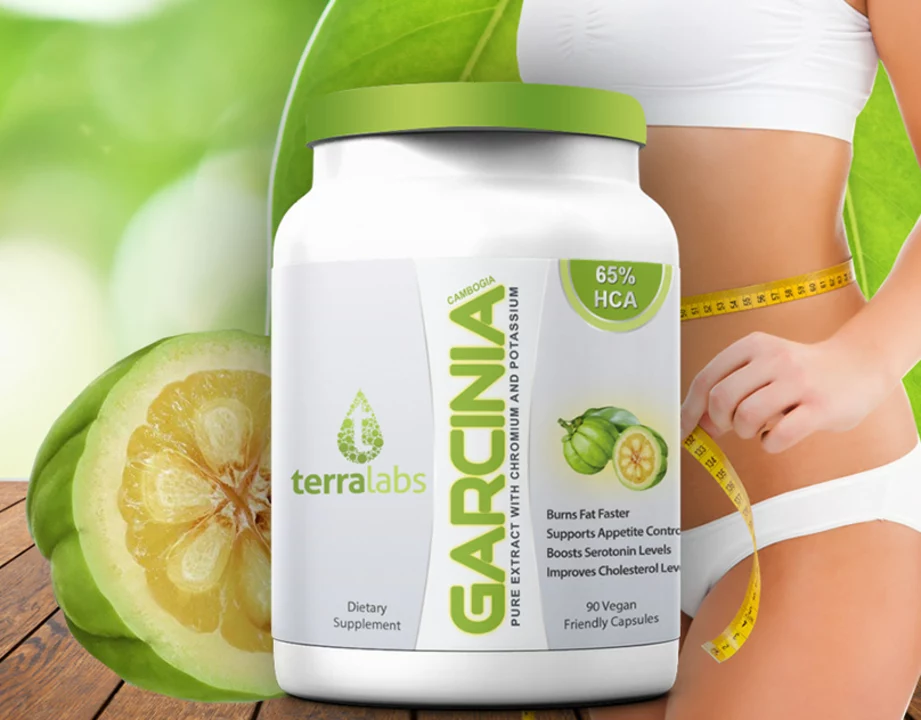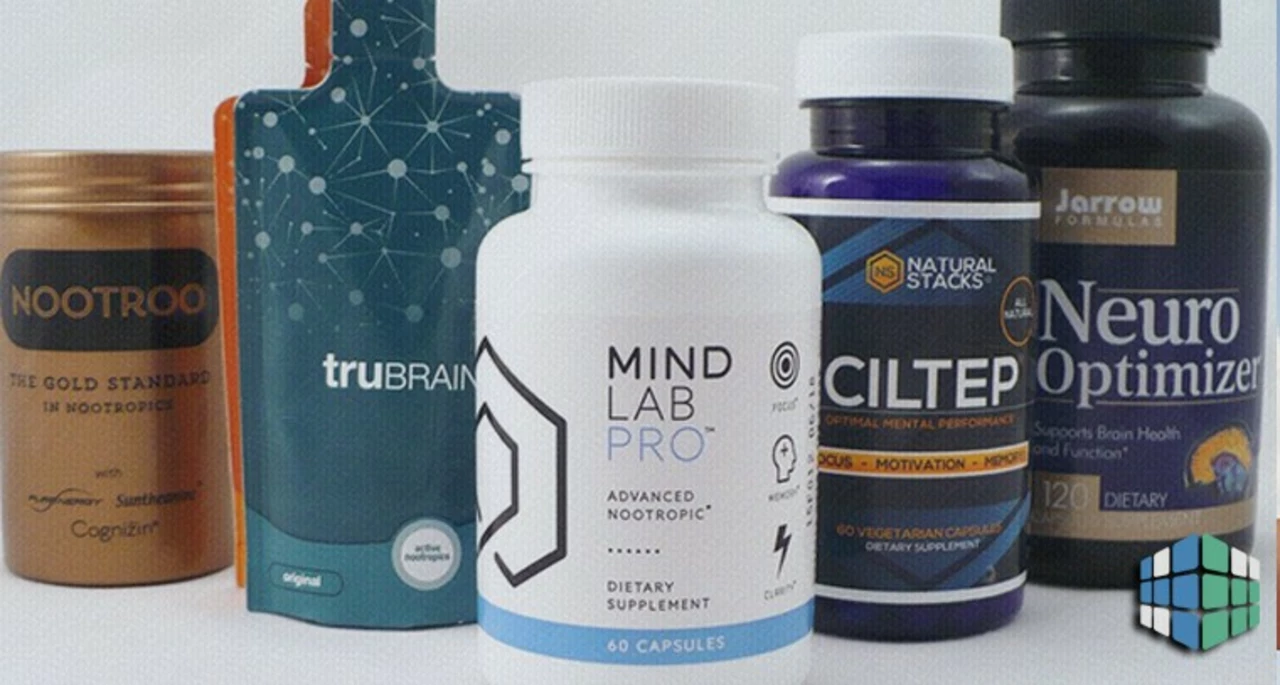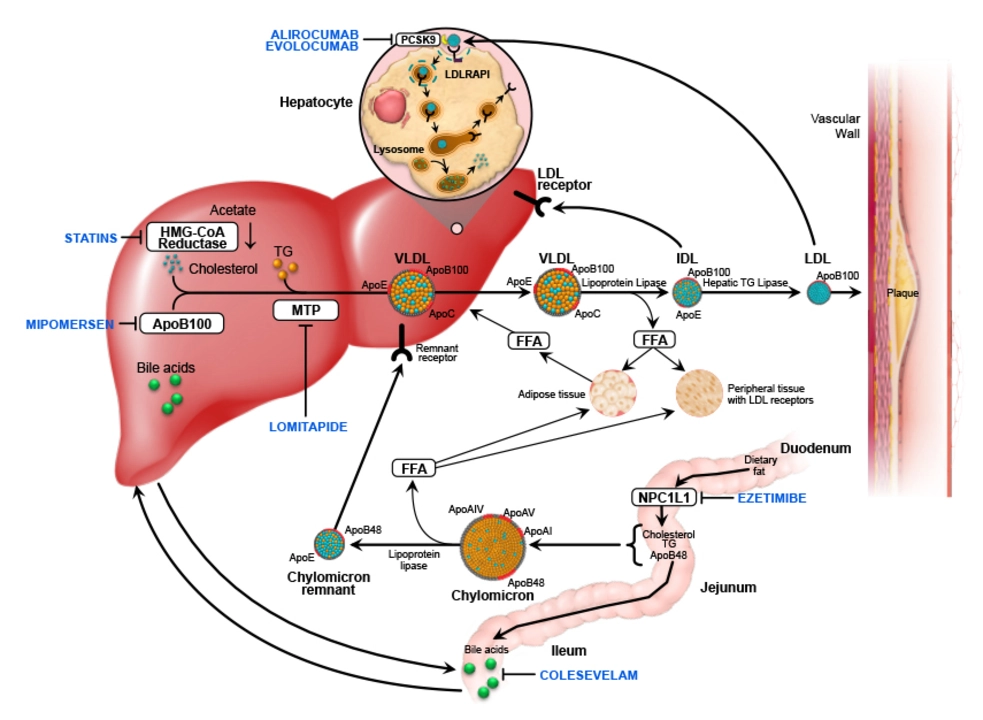May 2023: Key Reads on Meds, Mental Health, and Everyday Supplements
May brought a mix of practical posts that help you understand real medicines and simple self-care choices. You’ll find clear explanations of how certain drugs work, smart tips for managing symptoms at work and during exercise, and hands-on advice about supplements people are actually trying.
What’s useful right away
Daclatasvir got attention for how it stops Hepatitis C by blocking the NS5A protein — a tidy explanation for anyone trying to understand antiviral action without jargon. If you or someone you care for faces Hep C, that post explains why Daclatasvir is targeted and what it aims to stop in the virus life cycle.
Ivabradine showed up in a piece about angina relief. The simple takeaway: slowing the heart rate can ease chest pain by giving the heart more time to get blood and oxygen. That’s not a replacement for professional advice, but the post makes it easier to talk with your cardiologist about options.
Fenofibrate was covered for familial hypercholesterolemia — the article lays out how it lowers triglycerides and helps clear cholesterol. If high inherited cholesterol is your concern, that post spells out where fenofibrate fits alongside lifestyle and other meds.
Mental health and therapy
Several posts emphasized therapy as a must-have partner to medication. One explained combining Escitalopram with therapy to tackle both brain chemistry and behavior. Another focused on bipolar disorder and how therapy builds coping skills and routine stability. There’s also a practical piece on REM sleep and PTSD, showing how better sleep patterns can help process trauma over time.
Those posts are short and practical: therapy isn’t just talk — it teaches tools you can use daily, while meds can make those tools easier to learn.
On workplace health, there’s a clear, useful guide to living with tremors. The tips are simple: ergonomic setup, regular breaks, relaxation techniques, and open communication with colleagues so you can stay productive without hiding struggles.
For everyday problems, the site covered nausea during exercise with actionable fixes — hydrate, eat a small snack beforehand, and reduce intensity if symptoms hit. Diabetes and skin yeast infections were linked with a direct message: control blood sugar and keep skin dry and clean to reduce risk. Another post looked at how visible skin issues can hit mental health and suggests quick steps to get help and reduce stress.
Finally, three supplement posts — Clivers, Calamint, and Superoxide Dismutase — explain potential benefits (detox, digestion, antioxidant support) and remind readers to check quality and talk to a healthcare pro before adding anything new.
Want details? Browse individual posts for study notes, practical steps, and safety tips. If a drug or supplement is on your radar, use the articles to ask better questions at your next medical visit or to compare options on PriceProPharmacy.
As a blogger, I've been researching the science behind Daclatasvir and how it works. From what I've discovered, this powerful antiviral drug is specifically designed to treat Hepatitis C by inhibiting the replication of the virus. Daclatasvir targets a protein called NS5A, which plays a crucial role in the virus's life cycle. By blocking this protein, Daclatasvir disrupts the ability of the virus to multiply and, ultimately, helps to clear it from the body. I find it fascinating how this medication can provide such a targeted and effective treatment for those suffering from Hepatitis C!
I recently came across an interesting study about the connection between Ivabradine and Angina relief. Ivabradine, a medication that reduces heart rate, has shown promising results in alleviating symptoms of angina. It works by slowing down the heart rate, allowing more time for blood flow and oxygen supply to the heart muscles. Many patients have experienced significant improvements in their quality of life after using this medication. I think it's fascinating how a simple change in heart rate can lead to such profound effects on a person's well-being.
As someone who experiences tremors in the workplace, I understand the challenges it can present. In my recent blog post, I shared some helpful tips for managing symptoms and staying productive. First, it's crucial to create a comfortable and ergonomic workspace to minimize strain. Second, taking breaks and practicing relaxation techniques can help ease tremors. Lastly, open communication with coworkers and supervisors allows for better understanding and support in managing these symptoms.
I've just discovered an incredible dietary supplement called Clivers that's truly life-changing. This amazing product is packed with numerous health benefits that can improve our overall well-being. Not only does it help with detoxification and digestion, but it also supports our immune system. I can't wait to incorporate Clivers into my daily routine and see the positive changes it brings. Trust me, you'll definitely want to give this supplement a try!
In today's fast-paced world, I've discovered a dietary supplement that offers some truly surprising health benefits. Superoxide Dismutase (SOD) is an antioxidant enzyme that helps protect our cells from damaging free radicals. I was amazed to learn that SOD can actually improve our immune system, slow down the aging process, and even reduce inflammation. As a bonus, it's also beneficial for our brain and heart health. I believe incorporating this incredible supplement into our daily routine could greatly enhance our overall well-being in the modern age.
As someone who understands the importance of mental health, I cannot stress enough how vital therapy is in combination with Escitalopram treatment. By combining the two, individuals can tackle both the biological and psychological aspects of their mental health struggles. Therapy helps in addressing the emotional and behavioral patterns, while Escitalopram aids in balancing the brain's chemistry. It's essential to remember that a personalized and holistic approach to mental health is key to achieving long-term progress. In my opinion, therapy and Escitalopram together offer a more comprehensive and effective way to improve one's mental well-being.
As someone living with bipolar disorder, I've realized that therapy plays a crucial role in managing my condition. It helps me understand my thoughts and emotions better, allowing me to navigate through the highs and lows of my disorder. Through therapy, I've learned effective coping strategies and developed a strong support system. It has also helped me improve my relationships and communication with others. Without a doubt, therapy has been a vital tool in my journey towards a more balanced and fulfilling life.
Recently, I came across a life-changing dietary supplement called Calamint, and I just had to share its magical benefits with you all! This incredible supplement has been a game-changer for me, improving my overall health and well-being. Since incorporating Calamint into my daily routine, I've noticed increased energy levels, better digestion, and even some weight loss. The best part is that it's made from natural ingredients, so I know it's safe for my body. If you're looking to give your health a boost, I highly recommend giving Calamint a try!
In my recent research, I discovered a significant connection between diabetes and yeast infections of the skin. High blood sugar levels in diabetics can create a favorable environment for yeast to thrive, leading to infections. These infections are not only uncomfortable but can also cause complications if left untreated. It's crucial for diabetics to maintain proper blood sugar control and practice good hygiene to minimize the risk of developing skin yeast infections. I'll be sharing more about this topic and ways to prevent it in my upcoming blog post, so stay tuned!
As a blogger, I recently came across an interesting topic regarding the role of Fenofibrate in treating Familial Hypercholesterolemia (FH). FH is a genetic disorder that leads to dangerously high cholesterol levels, increasing the risk of heart disease. Fenofibrate, a medication commonly used to lower cholesterol, has shown promise in managing this condition. It works by reducing the production of triglycerides and increasing the removal of cholesterol from the bloodstream. In conclusion, Fenofibrate appears to be a valuable tool in the fight against Familial Hypercholesterolemia, offering potential benefits to those affected by this challenging disorder.










